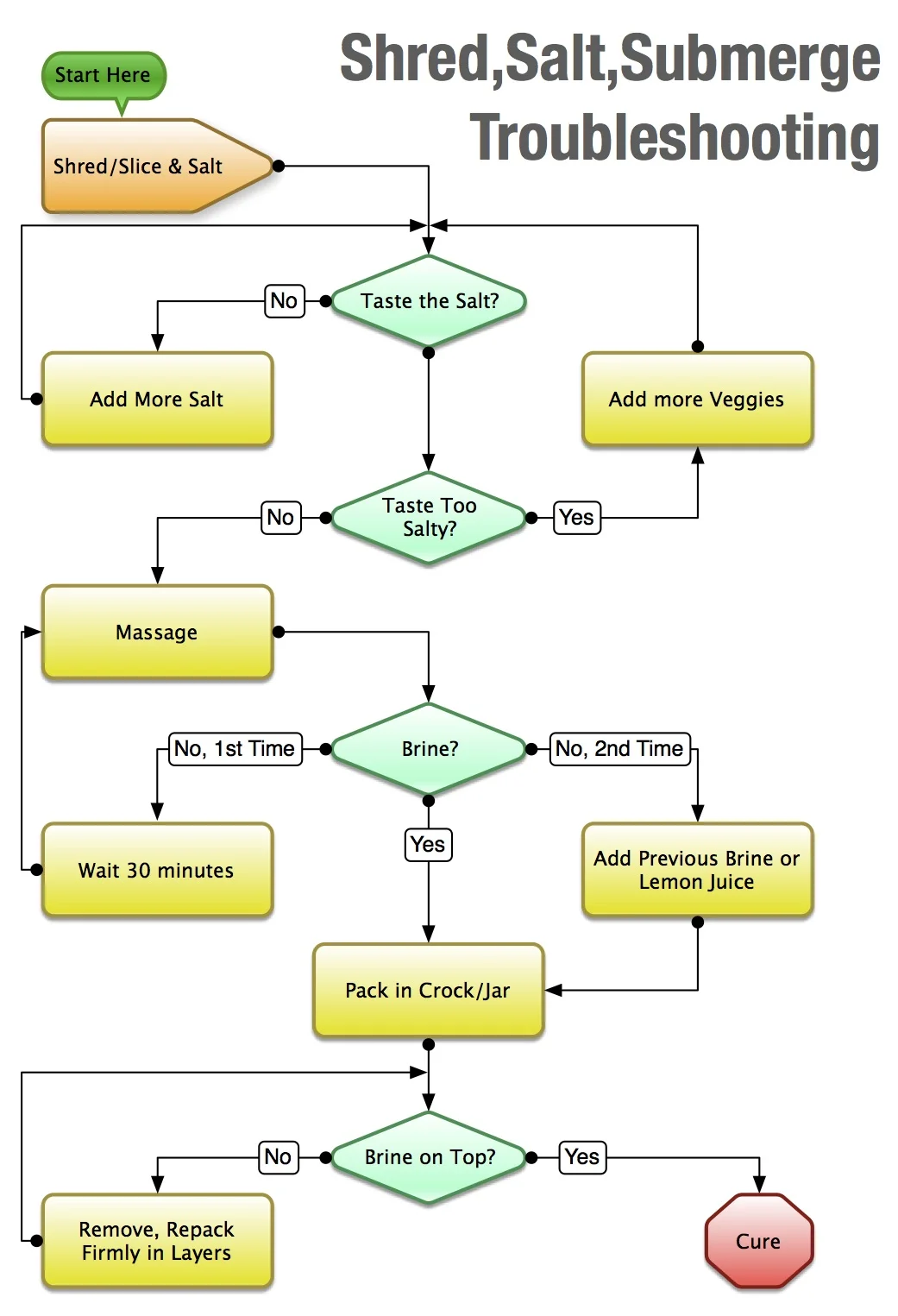My mobile ferments at a campsite
Dear Kirsten and Christopher,
My name is Ben and I am an addicted fermenter.
I have an older VW Jetta diesel that has faithfully carried me down some of our country’s most wild and scenic areas. (I named her Rachel Carson) My problem is her smell.
About a decade ago I gave up fast food and committed to eating real food while traveling. I began making my own kombucha and fermented veggies on the road. It is so easy! Recently I discovered foraging and wow can I make some wild ferments now. There is nothing like adding a little beach mustard to my kraut…but I am getting side-tracked.
A corner of Rachel’s trunk is my fermentation station which produces tasty ferments and, well, this is my problem: odor. She smells! Especially when I am bumping along a dirt road.
Don’t get me wrong. I love the smell of kimchi and all things fermented. It still surprises me when I open the car door after a long hike in the mountains and am blasted by that steamy scent of fermenting veggies. It makes me smile.
I am starting to think that it is going to keep me single as I have noticed when I am parked along a street people wrinkle their noses when they walk past my car. My mother is less polite. “Ben,” she says, “you are not going to find yourself a nice girl with that smell.”
I believe the right partner will love the smell. I imagine that we will meet in a busy trailhead parking area as I come hiking out of the woods with a handful of fresh sorrel. We talk and soon sample each other’s creations and spend the rest of our lives together. My friends and my mother say I am dreaming and slightly delusional from eating too many ferments at high altitudes.
Should I give up my mobile ferments for a better chance at romance?
—Ben
Dear Ben,
We often find ourselves traveling with curing ferments—biohazard of the biz, we suppose. The natural gas produced by some of the particularly odoriferous ones seems like they should be able to power our vehicle, doesn’t it?
We can help you a little here with some management strategies. Ferments on the move need to be sealed—go ahead and tighten that lid. Airlocks are wonderful on a counter but in a trunk seem to burp on every bump in the road. So set aside your water seal vessels and use canning jars. You will need to let the CO2 out of the jar every day—sometimes twice a day. Do this away from car; the parking lot, a grassy spot, some place that won’t be offended by a little brine. This burping can cause a lot of brine to want to bubble out of your jars so be ready with your clean tamper and push the ferment down quickly. You probably know that though. Once your ferments are cured and tasty you should keep them in a ferment cooler. This will be another barrier to the smell.
Meanwhile we think that you should keep on fermenting. Eating ferments could help you with the confidence you need when the right girl comes along. She will love ferments and that pickle smell will be perfume to her—besides your addiction could be a deal breaker if she doesn’t share your passion.
Good luck,
Kirsten and Christopher




